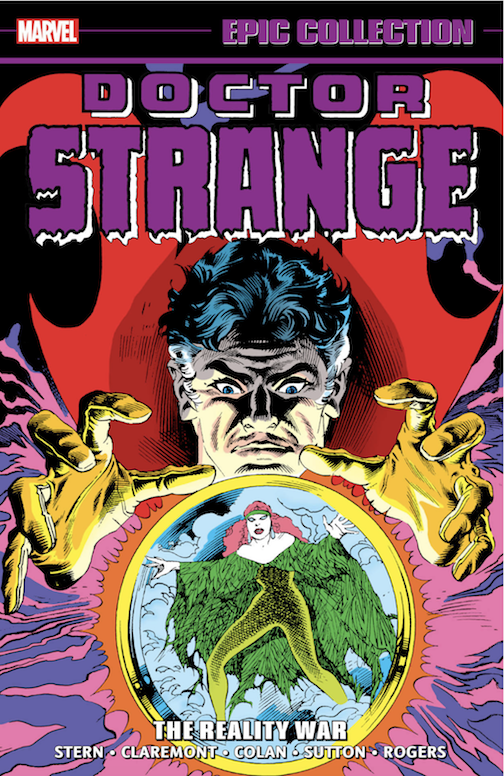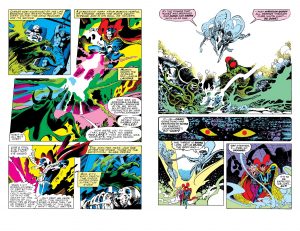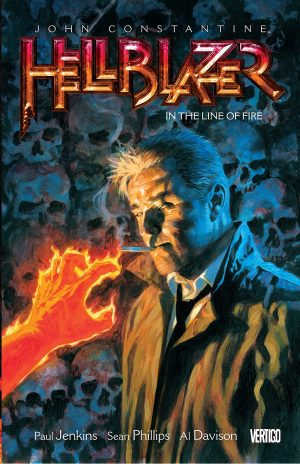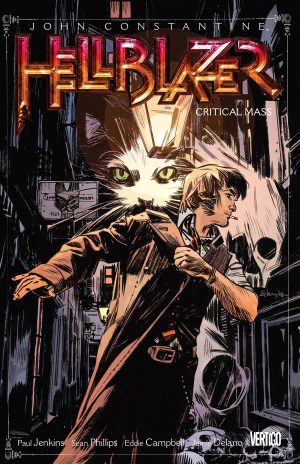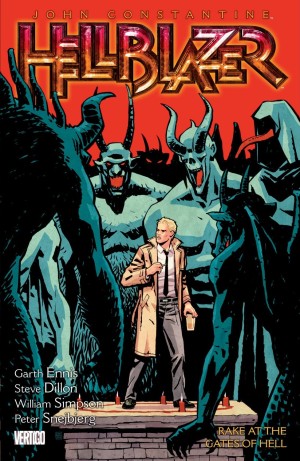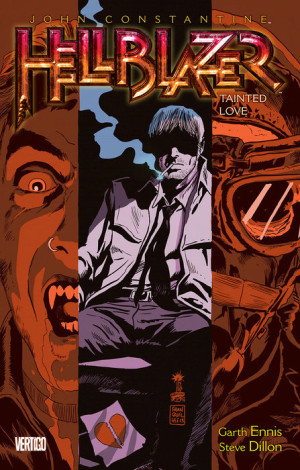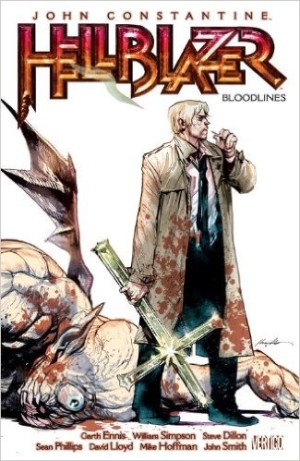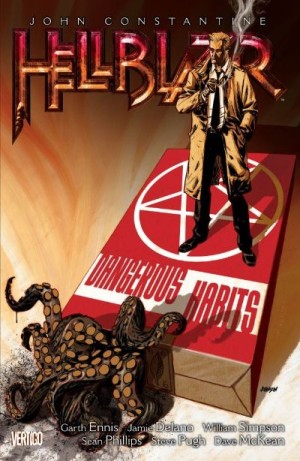Review by Graham Johnstone
The Reality War, is the fifth of Marvel’s Doctor Strange Epic Collections, gathering material from 1978 to 1982, previously reprinted across Doctor Strange Masterworks 7, 8, and 9. While the title may suggest a single story arc, that’s not the case, and the book is peculiarly titled after a self-contained ‘fill-in’, and the weakest episode here.
The previous volume had a strong run by writer Steve Englehart with top art team Gene Colan and Tom Palmer. That trio’s departure was followed by a revolving door for writers and artists, ending with rookie writer Roger Stern left to wrap-up others’ storyline.
This volume, then opens with Stern developing his own material. He has fun with a series of self-contained stories manoeuvred by off-stage evil The Dweller in the Dark. He re-roots Strange on Earth, as a Sherlock Holmes style ‘consulting detective’ for those facing supernatural problems. Stern also ties the series into the Marvel universe, with guest appearances from The Avengers, some Defenders colleagues, and even characters and elements woven together from shorts in a horror anthology (both included). Stern, newly hired as an assistant editor, proves himself a competent writer under pressure, though, so far, with few ideas of his own.
Chris Claremont, enjoying success on X-Men, applies a similarly diverse internationalism here. He draws on Native American and Chinese occultism for new foes, and adds new friends, including French former love Madeleine, and Native-American neighbour Sarah Wolfe. He also builds plots around Strange’s valet Wong and disciple/lover Clea. Strange had rescued Clea from the Dark Dimension, and its tyrannical ruler Dormammu, but only after she had taken great risk to aid him. Attempts, by Steve Englehart and others, to develop Clea, had punctuated too many instances of her needing rescued. Claremont, though, has her expanding her powers, and embarking on her own adventure, now as aspiring rescuer to the missing Wong. Claremont, then, applies his established strengths.
Entertaining plots include the earthly (car-chases and newshounds) and the supernatural, (the return of Strange’s original rival Baron Mordo, and a crossover with Claremont’s Man-Thing run). Though there are some story glitches. A trip into a sword and sorcery setting is fine as a premise, and has some colourful touches. However it feels overlong and burdened by backstory, too many ‘alien’ names, and over-familiar fantasy elements. Ultimately, though, there’s a strong story of sorceress Shialmar, woven into some family history reveals about Wong. Claremont tends to heavy narration, but uses it well to put us in Strange’s consciousness, so creating real involvement in these stories.
The historic strength of the series has been the visualisation of the magical worlds and phenomena, and here stories only work as well as each art team. Gene Colan (pictured, left) and Tom Sutton had produced some of the best renditions since original artist/co-creator Steve Ditko, but mostly lack their best inkers here. Fill-in pencillers Alan Kupperberg and Ricardo Villamonte are better served, but overall ink and colour is a lottery. Past masters of mystic artwork Tom Sutton and Jim Starlin, are mismatched with inkers Ernie Chua and Rudy Nebres, though the latter yields impressive, if mannered, results. P. Craig Russell, and Pablo Marcos represent the best and worst inkers over Sutton. When Sutton manages to ink himself (pictured, right) he delivers some stunning pages, challenging the best of Ditko and the Colan/Palmer team.
Extras include the aforementioned horror shorts feeding into the Stern episodes, and Clea’s first solo adventure. Marvel’s Epic Collections are compiled chronologically, but not published in order. At time of writing the next volume (6) has not been released, though some later volumes are.
